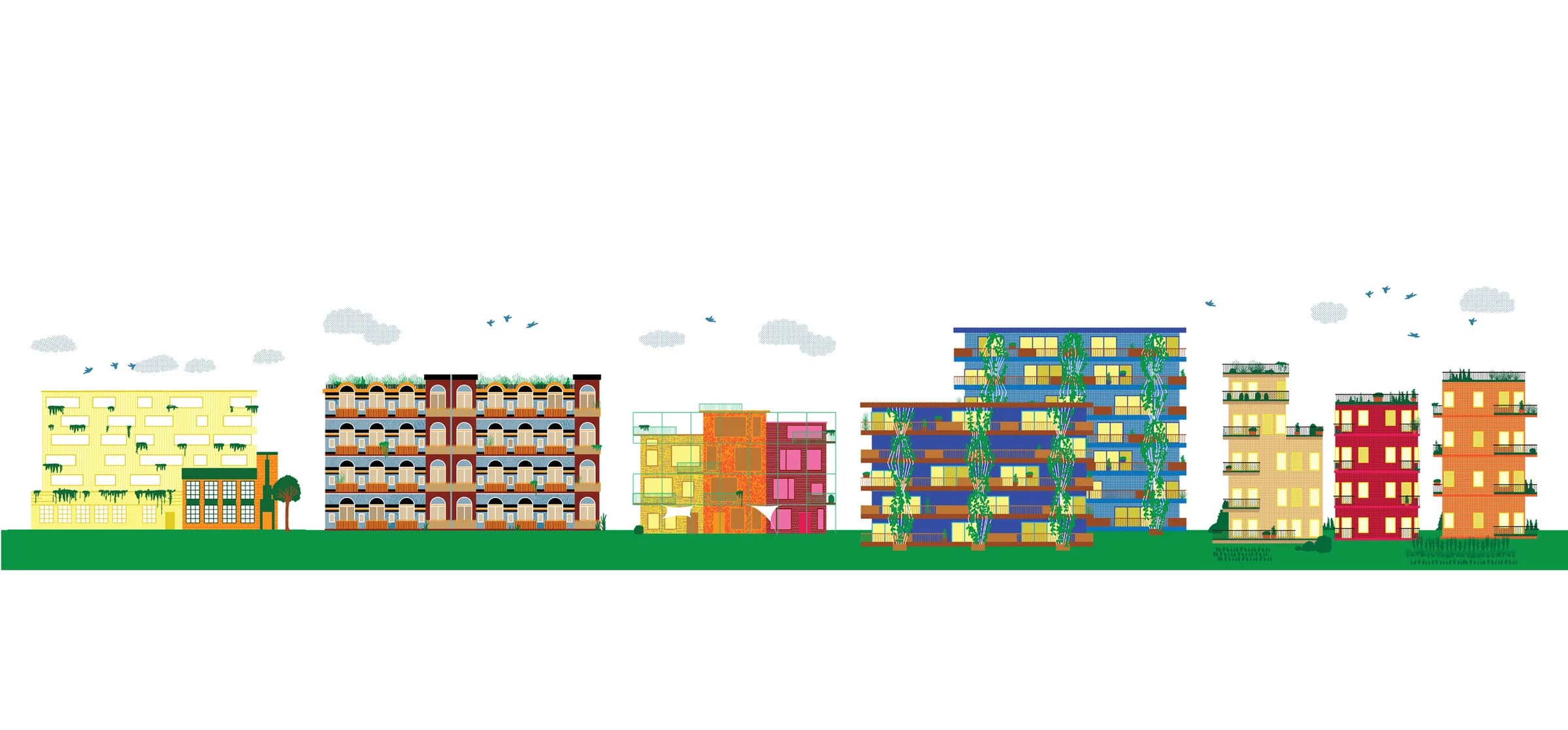🏡Context of the Research
The article "Redesigning the Housing Market," published by Assemble Papers and authored by urban designer Andy Fergus, explores alternative housing models that challenge the traditional market-driven approach to housing. The publisher, Assemble Papers, is known for its focus on architecture, design, and urbanism, aiming to initiate conversations about innovative solutions for housing and urban living.
🔍The Need for Alternative Housing Models
The piece begins by questioning whether housing should be left solely to market forces. Fergus's research, which spans various countries, highlights the myriad of financing models available for housing, ranging from for-profit to non-profit initiatives. His findings stem from visits to experimental housing projects in Berlin, where he observed how resident and architect collaboration can create quality living environments independent of developers. This contrasts sharply with the risk-averse, investor-dominated apartment market in Melbourne.
🌍Diverse Housing Approaches
Throughout his research, Fergus identified a spectrum of housing models that lie between state-funded public housing and speculative developer-driven housing. These hybrid models have shown to drive innovation and improve social and environmental outcomes. The author emphasizes that the most effective models are those that encourage community involvement and sustainability.
💡Ethical Market-Based Development
One significant model discussed is the ethical market-based development that has emerged in Melbourne. This model relies on social impact investments and offers a pathway for residents to lease homes while saving to buy, thus stabilizing their living situation. Notably, the Assemble Model allows for fixed rent and purchase prices, which provides residents peace of mind as they save for homeownership.
🏠The Nightingale Model
Another innovative approach is the Nightingale Model, which combines architects and impact investors to fund land acquisition and construction. This model aggregates demand through extensive waiting lists and mandates that all projects demonstrate environmental innovation, from fossil fuel-free operations to effective waste management. The model has expanded from its initial project to multiple developments, showcasing its adaptability and success.
👥Baugruppe: Collective Financing
The Baugruppe model, or "Building Group," involves residents collectively financing their apartment building, either through citizen-led or architect-led initiatives. This approach promotes a close collaboration between residents and architects, resulting in high-quality, sustainable buildings. However, it often requires significant upfront costs, which may exclude lower-income households.
🏗️Zelfbouw: Self-Build Initiatives
In the Netherlands, the Zelfbouw model allows individuals to design and procure their own homes within designated urban renewal areas. Local councils allocate affordable plots through a ballot, and residents work with architects to create unique designs that meet strict environmental and aesthetic standards. This method fosters community and diversity while encouraging individual creativity.
🏢Co-operative Rental Housing in Zurich
Zurich serves as a model for co-operative rental housing, with over 100 years of history in this approach. Co-operatives are responsible for a significant portion of the city’s housing stock and utilize long-term rental models funded through low-interest loans. Residents only need to contribute a small percentage of equity, making it an accessible option for many.
🏡Co-Housing: A Community Approach
Co-housing originated in Denmark and has evolved into various forms across Europe. These communities emphasize collective living and sustainable practices, often developing their own governance structures to enhance resident interaction. Co-housing can take many forms, including long-term rentals and ownership models, and often employs innovative financing methods to maintain community stability.
In conclusion, Andy Fergus's research showcases the potential of alternative housing models to reshape the future of urban living. By prioritizing community involvement, sustainability, and innovative financing, these models offer viable solutions to the pressing challenges of the housing market.
